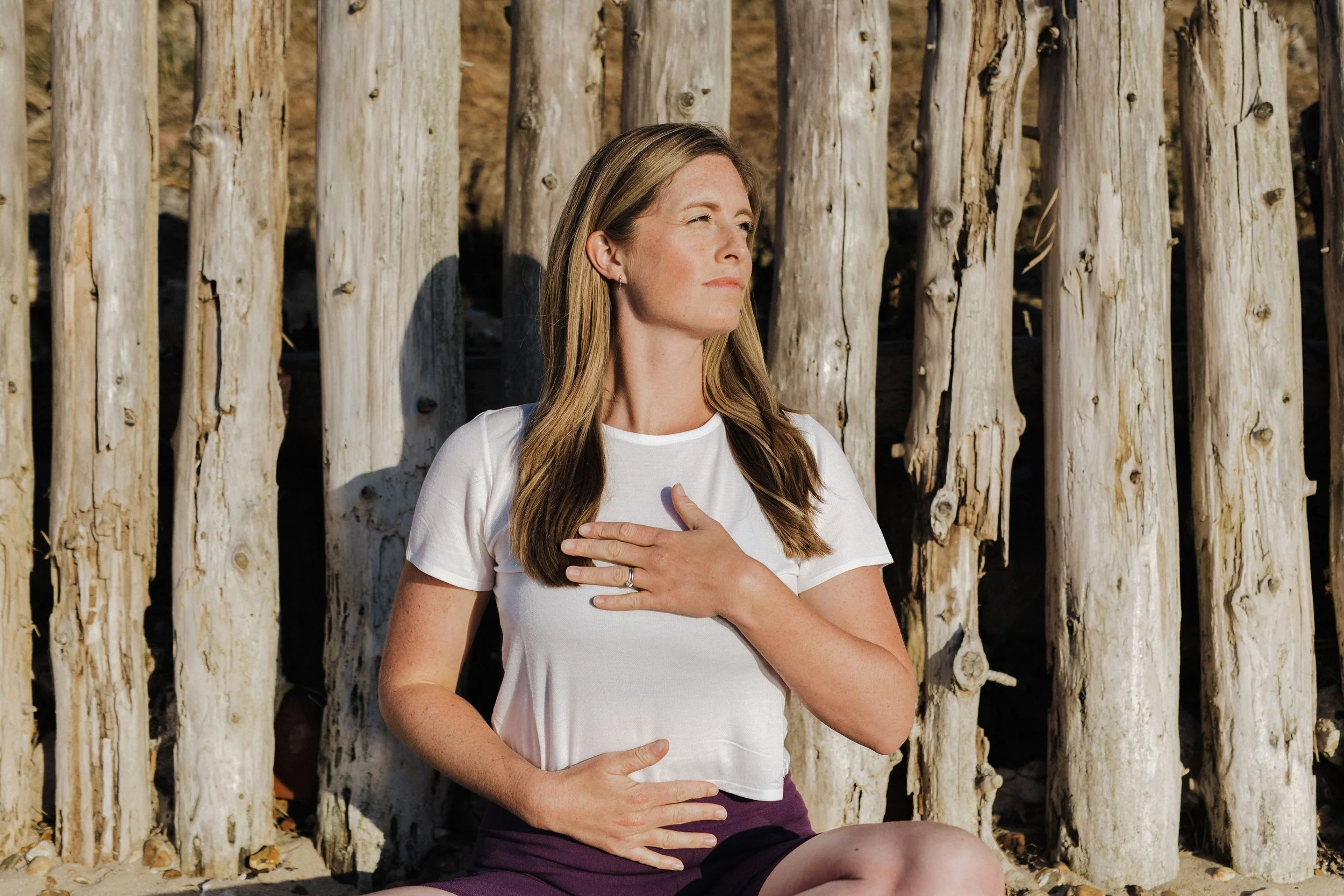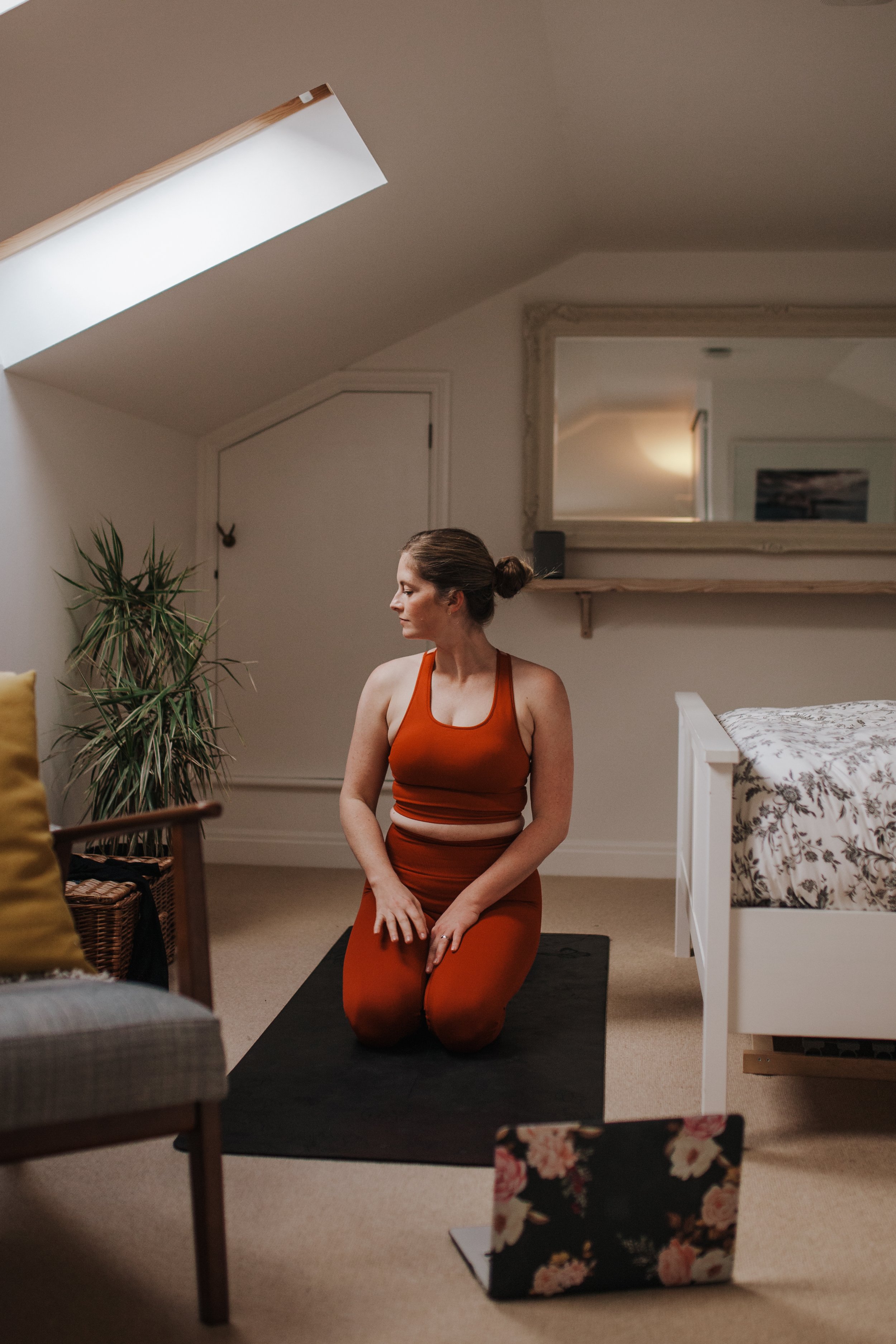EXERCISE FOR HEART HEALTH
On average the human heart beats 70-72 times at rest. It pumps roughly five litres of blood around your body, delivering oxygen and nutrients to your organs and tissues. Like any other muscle in your body, you can train it to become more efficient, stronger and healthier. In this latest blog post, Evelyn shares the best ways to train your heart and provides class recommendations.
Exercise Guidelines
Exercise has been shown to reduce your risk of heart and circulatory disease by up to 35%. In order to achieve this, UK guidelines state that every week, adults should complete at least:
150 minutes (2 ½ hours) of moderate intensity activity (such as brisk walking or cycling)
or 75 minutes of vigorous intensity activity (such as running)
or even shorter durations of very vigorous intensity activity (such as sprinting or stair climbing)
or a combination of these
But how do you measure intensity? Your intensity level is specific to you, so using the ‘talk test’ whilst exercising is a great way to check your level. If you can comfortably hold a conversation whilst working out, feel warm and are breathing a little heavier than normal, you are moving at a moderate intensity level.
Feel like you’re not meeting the UK guidelines, remember that any exercise is better than none, and if you’re short on time a short bout of vigorous intensity exercise will deliver benefits (just make sure you warm-up before sprinting up the stairs!)
Types of exercise
Exercise can be classified as either aerobic on anaerobic:
‘Aerobic’ means needs oxygen. The body requires a steady supply of oxygen during exercise, while burning fat and carbohydrates for energy. This type of exercise increases your heart rate for longer periods of time, and that’s why it is known as cardio. Examples include: running, jogging, walking, cycling and swimming, as well as team sports.
‘Anaerobic’ means with out oxygen. It involves short bursts of intense movement, and uses carbohydrates for energy. Examples include: lifting free weights, weighted machines and resistance bands, you can even do bodyweight strength exercises (such as squats, push-ups and sit-ups).
Benefits of aerobic and anaerobic exercise on heart health
Historically ‘aerobic’, cardio, exercise has been associated with improving heart health. The heart has to work harder for a longer period of time, helping to reduce the resting heart rate and increase the strength of heart contractions. As a result the heart does not have to work as hard at rest.
However recent studies have also highlighted the importance of adding anaerobic, specifically resistance training into your routine. A 2017 study, by the Medicine and Science in Sports and Exercise (MSSE), found that women who performed any amount of resistance training reduced their risk of cardiovascular disease by 17%. An another MSSE study in 2019 (of almost 13,000 people), had similar findings. It found that those performing resistance training for less than an hour per week experienced a 40-70% decreased risk of cardiovascular disease and all-cause mortality, this was independent of any aerobic exercise. But why did the participants experience these benefits - strength training tends to increase the heart rate and blood pressure to higher levels than you would experience during a jog for example. This helps to strengthen the heart over time. It has also been found to reduce the amount of fat surrounding the heart, more sothan aerobic exercise.
But it’s not just about getting the heart rate pumping…
It’s important to calm the heart too. Stress can cause a number of physical effects on the body, including the release of cortisol and adrenaline, which can narrow your arteries and increase blood pressure. Off set this by finding mental clarity through yoga, mindfulness and pranayama (breathwork).
Takehome
All exercise is good for heart health, and some exercise is better than none. Including both aerobic, anaerobic (specifically resistance training), and mindfulness activities will maximise your heart health benefits. And the good news is, you can enjoy all of these activities with your Balance + Glo membership.
You can join Hannah live every Monday morning (7.45-8.30am) for her 45 minute bodyweight cardio class and Friday morning (7.30-8.00) for her 30 minute strength class. We also have three live yoga classes three times a week (Tuesday, Thursday and Sunday), as well as a wealth of on-demand classes. Can’t attend a live class, don’t worry these also get added to the on-demand library.
Feeling the stress levels rising? Be reactive and choose one of our many breathwork guided sessions, we love Jenny’s Breathwork for Calm.



